Introduction to Serological Pipettes and Pipettors
Overview
The serological pipette is frequently used in the laboratory for transferring milliliter volumes of liquid, from less than 1 ml to up to 50 ml. The pipettes can be sterile, plastic, and disposable or sterilizable, glass and reusable. Both kinds of pipettes use a pipet-aid, for the aspiration and dispensation of liquids. Different sizes of pipettes can be used with the same pipet-aid for a variety of experimental assays. For example, serological pipettes are useful for mixing chemical solutions or cell suspensions, transferring liquids between receptacles, or carefully layering reagents of different densities. With careful attention to the level of liquid being aspirated and dispensed, serological pipettes can be useful tools for transferring accurate milliliter volumes of solutions in the lab. This video discusses the way that volume can be read on a serological pipette, how a pipet aid works, and many different applications for using a serological pipette.
Procedure
The serological pipette is a nearly ubiquitous laboratory instrument used for transferring milliliter volumes of liquid. Serological pipettes typically have gradations along their sides for measuring the amount of liquid being aspirated or dispensed.
These instruments are most commonly used with a pipette dispenser, which facilitates the liquid transfer through the creation of a partial vacuum. The same pipette dispenser can be used with a variety of serological pipette sizes, depending on the amount of volume you
건너뛰기...
이 컬렉션의 비디오:
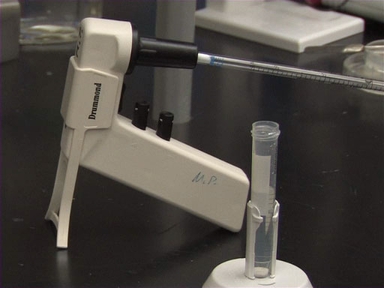
Now Playing
Introduction to Serological Pipettes and Pipettors
General Laboratory Techniques
219.3K Views
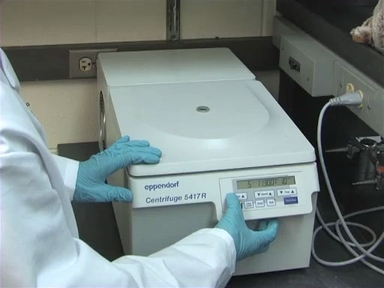
원심분리기 소개
General Laboratory Techniques
489.4K Views
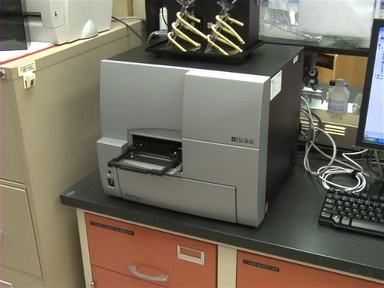
마이크로 플레이트 리더 소개
General Laboratory Techniques
127.4K Views
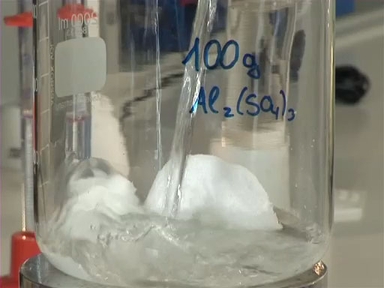
농도 이해 및 부피 측정
General Laboratory Techniques
216.3K Views
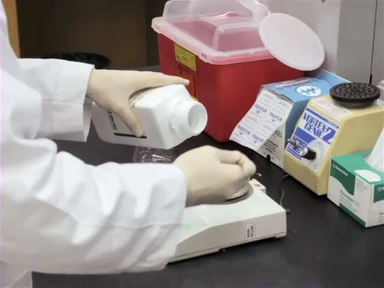
실험실에서 용액 만들기
General Laboratory Techniques
211.8K Views
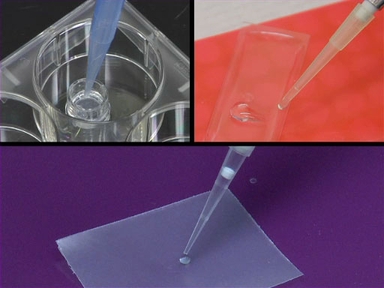
마이크로피펫터 소개
General Laboratory Techniques
587.4K Views
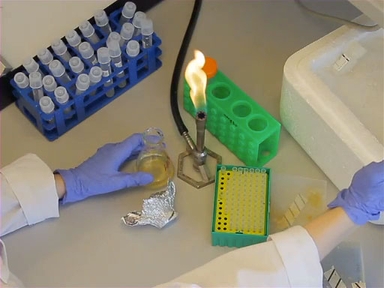
분젠 버너 소개
General Laboratory Techniques
207.7K Views
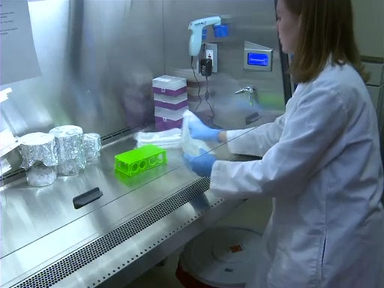
후드 작업 소개
General Laboratory Techniques
151.6K Views
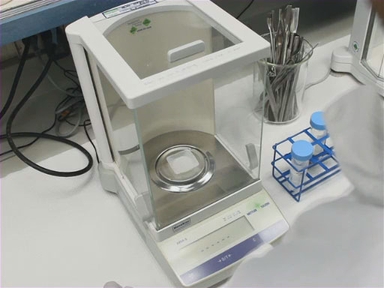
실험실에서 질량 측정
General Laboratory Techniques
171.2K Views
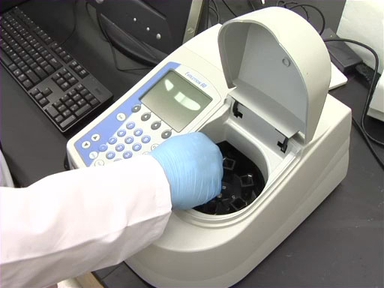
분광 광도계 소개
General Laboratory Techniques
519.2K Views
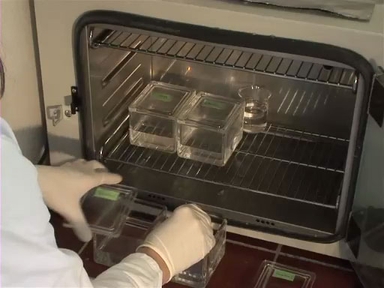
광학 현미경 검사를위한 조직 학적 샘플 준비
General Laboratory Techniques
240.6K Views
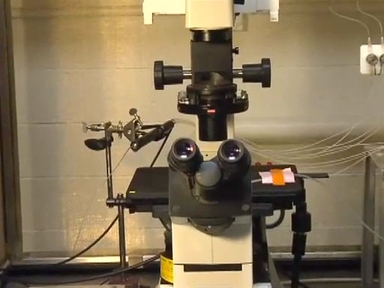
형광 현미경 소개
General Laboratory Techniques
350.1K Views
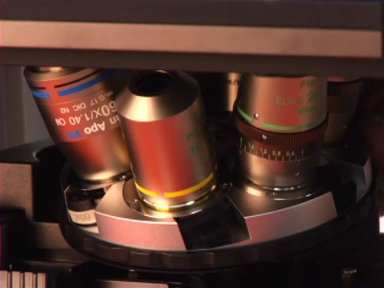
광학 현미경 소개
General Laboratory Techniques
816.1K Views

샘플의 보존 : 냉장고,냉동고, 극저온 냉동고의 이용
General Laboratory Techniques
65.7K Views
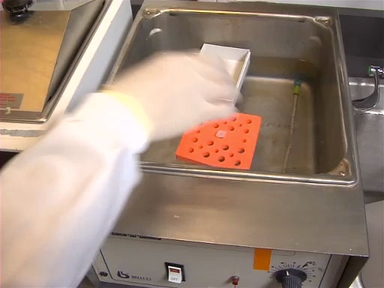
실험실 온도 조절: 열 적용
General Laboratory Techniques
81.4K Views
Copyright © 2025 MyJoVE Corporation. 판권 소유